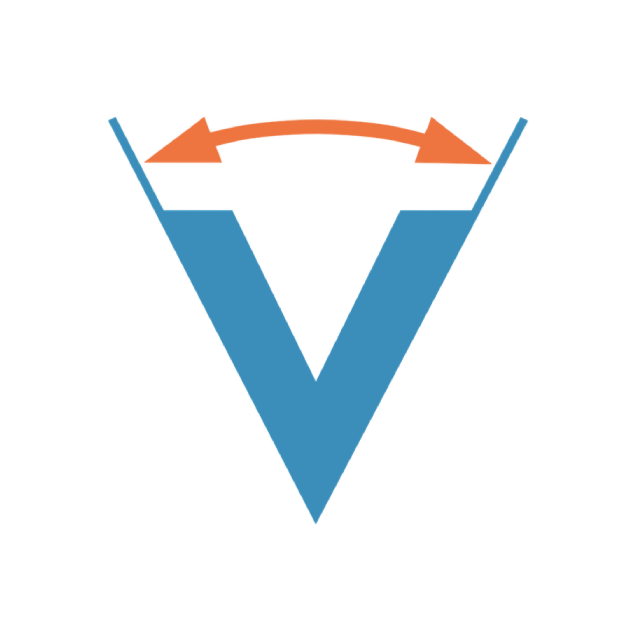What, When and Where
Sat. Dec. 13 at 2 p.m.
- Note: This is an exception time for all EE 109 sections.
Location
- All sections: SGM 123
- OSAS accommodations: Schedule at OSAS testing service
The test will be taken via pencil/pen/paper.
Please bring:
- A pen/pencil. (If using pencil please ensure your write darkly as we will scan the exams for grading and if we cannot read what you’ve written we will not be able to award points)
- A calculator.
Topics
The exam is cumulative. So topics from the quiz and midterm will appear on the final exam, but will be focused on the applications from the second half of the semester. So you still need to know fundamental concepts (e.g. binary representation, implementing combinational logic functions with minterms, Boolean Algebra, Arduino programming basics and digital I/O, etc.). But, those topics will likely be tested in the context of what we’ve covered since the midterm. A more detailed list is given below:
Unit 7
- Interrupts and ISRs
- Enabling with local and global interrupt enable bits
- ISRs
- Importance of the volatile keyword
Unit 8
- Using AND and OR gates to check for combinations
- Using sum of minterms (canonical sums) to implement a logic function
- Using product of maxterms (canonical products) to implement a logic function
- Using Boolean algebra theorems to simplify
- Applying DeMorgan’s theorem and its gate equivalents
Unit 9
- K-Maps (up to 4 variables, Don’t cares, etc.)
- Implementing an arbitrary combinational function by converting a word description to a truth table and then implementing the circuit using K-Maps
Unit 10
- Decoder operation and building larger decoders from smaller ones.
- Mux operation and building larger muxes from smaller ones.
- Basic operation of tri-state gates
Unit 11
- Signed number systems (2’s complement)
- Addition and Subtraction in unsigned and 2’s complement
- Overflow
Unit 12
- Adders (half and full) and their implementation
- Building large adders (e.g. 4-bit adders) from full- and half- adders
- Connecting multiple adders to compute a particular problem
Unit 13
- How a latch works
- Difference between latches (level-sensitive) and flip-flops (edge-sensitive)
- Given a circuit, draw the waveform for various signals in the design
- Initializing flip-flops (Using CLR and SET/PRE with the reset signal)
- Registers and registers with an enable (and their implementation)
- Operation of synchronous counters (with count enables, parallel/data load enables, reset, etc.)
Unit 14
- Rules for correctness of a state diagram (mutually exclusive but all inclusive transition conditions)
- Relationship of state diagram in regard to number of flip-flops, number of transitions from a state, etc.
- Designing a state machine circuit from a state diagram (1-hot design process)
- How to implement the initial state using reset and the CLR and SET/PRE inputs of the flip-flops
Unit 15
- General HW components inside a processor (registers, ALU, PC, etc.) and their responsibilities/usage
- Understand the operation and construction of various hardware components including wide muxes and ALUs
- Understand how to place muxes to build a simple datapath to accomplish certain operations.
- Given a datapath that we provide, derive the control logic signals (i.e. mux selects, enables, etc.) by generating a truth table for their necessary values.
Unit 16
- Basic kinds of instructions (arithmetic, data transfer, and control)
- Understand translation to machine code
- Understand basic datapath of a processor (ALU, register selection via muxes, etc.)
Unit 17
- (No questions in Fall 2025)
- Understand latency vs. throughput
- Understand basic concept of caching
- Understand basic concept of pipelining and how it affects throughput, clock rate, etc.
Unit 18
- Understand the difference between an ASIC and FPGA
- Understand how a memory can be used to implement any arbitrary combinational function by finding the necessary dimensions and contents of the memory
- Understand how to map a desired digital logic circuit to a Configurable Logic Block(s)
Unit 19
- (No questions in Fall 2025)
- Voltage level compatibility (VOL, VIL, VOH, VIH)
- Current requirements (IOL, IIL, IOH, IIH)
- Given some of these parameters, determine if devices are compatible for connection or how many devices can be connected
Lab Skills
- Understand basic lab skills and equipment usage.
Appendix C - Timers
- General operation of a timer for measuring duration or generating interrupts
- Be able to calculate a prescalar and modulus (max) count to generate an interrupt every n seconds
- Write a timer ISR to perform some task or generate a signal of interest
Appendix D - Serial
- (No questions in Fall 2025)
- Understand what baud rate is and what is meant by “asynchronous” communication
Style
The exam will have some general short answer/fill in the blank question, and the rest will focus more on ability to apply knowledge through problems similar to your homeworks but requiring the use of 1 or more concepts that demonstrate understanding. You should know the material and procedures for solving problems well enough that you can quickly produce solutions once you identify the procedure to apply. If you spend unnecessary time trying to recall what procedure applies and how to perform that procedure you will likely run out of time.
Some problems will require work to be shown. Others, will simply require you to choose the answer from multiple options (similar to some homeworks).
Ways to Prepare
- Study the slides
- For units 8, 11, 12, 13, 14, and 15 the Vahid textbook has review problems.
- For the others review your slides, homeworks, and labs.
Samples
Here are some sample problems from past (related) exams. If a topic above is not represented in the practice exams below, you are still responsible for questions on that topic (i.e. there can/will be questions on the topics above that do not have corresponding practice problems in the exams below). However, most of the design-based problems you will see on the exam are represented in the practice exams below. Be sure to go over the topic list above and ensure you are ready.
Most exams below use the encoded method of state machine design, but we will test you on the 1-hot approach.
- Practice Exam 1 - Convert any “encoded” state machine problems to 1-hot.
- Practice Exam 2 - No Solutions…Compare with your friends.
- Register Sequence Waveforms
- “Don’t Make the Same Mistake” Problems
- Practice HW8
- Fall ‘20 Final - Convert any “encoded” state machine problems to 1-hot.
- Spring ‘21 Final - Convert any “encoded” state machine problems to 1-hot.

